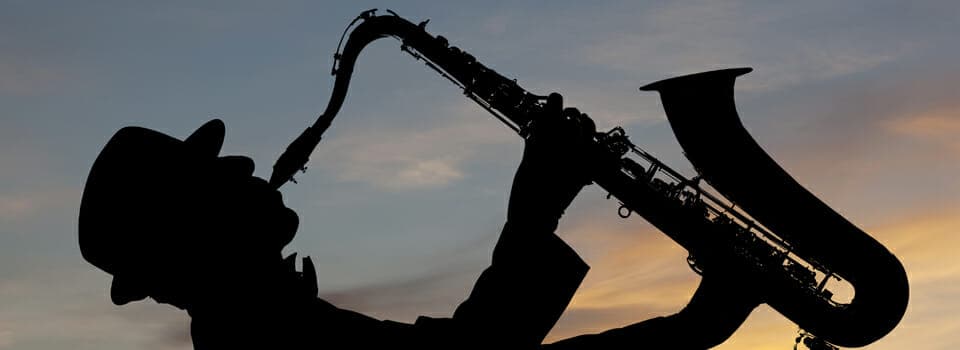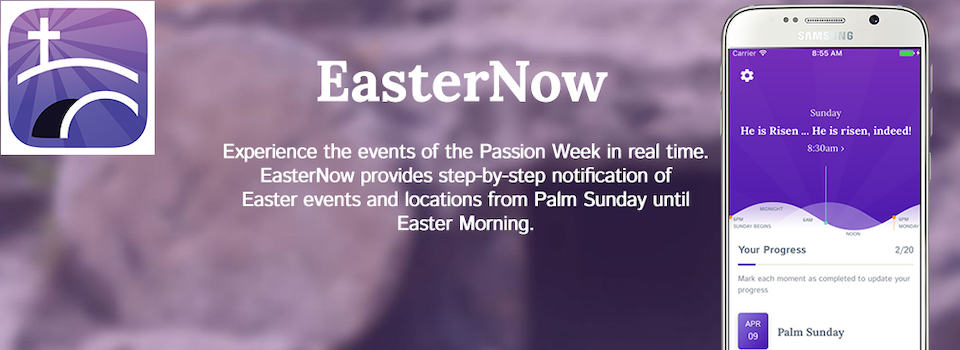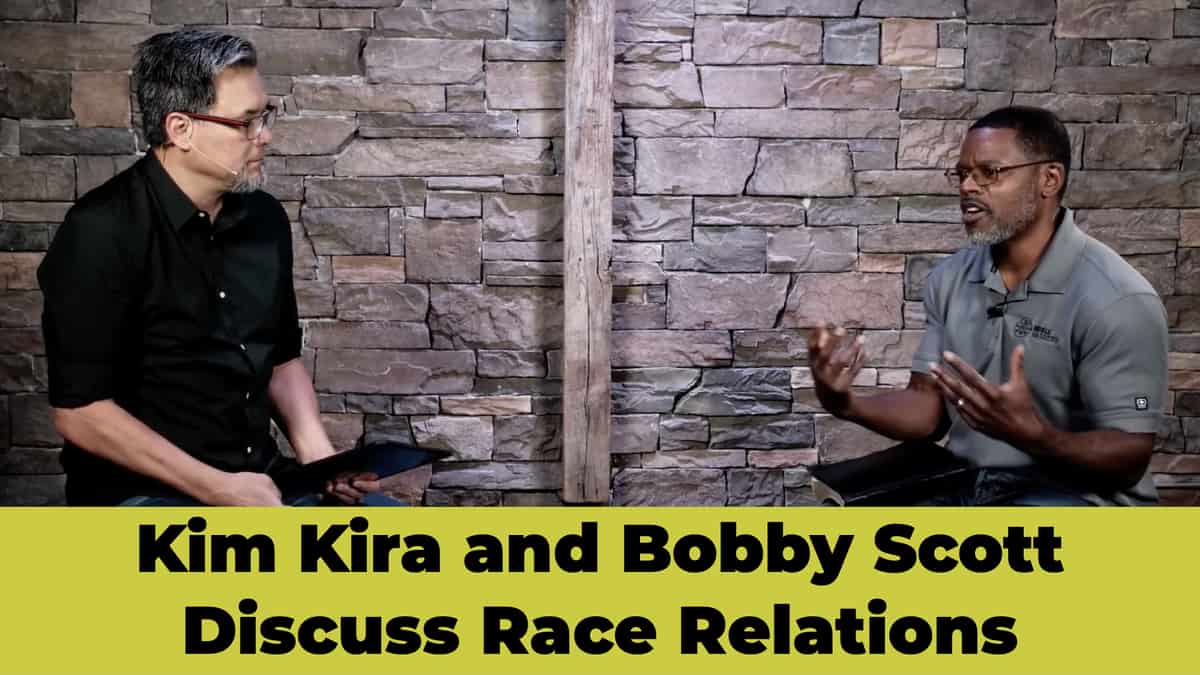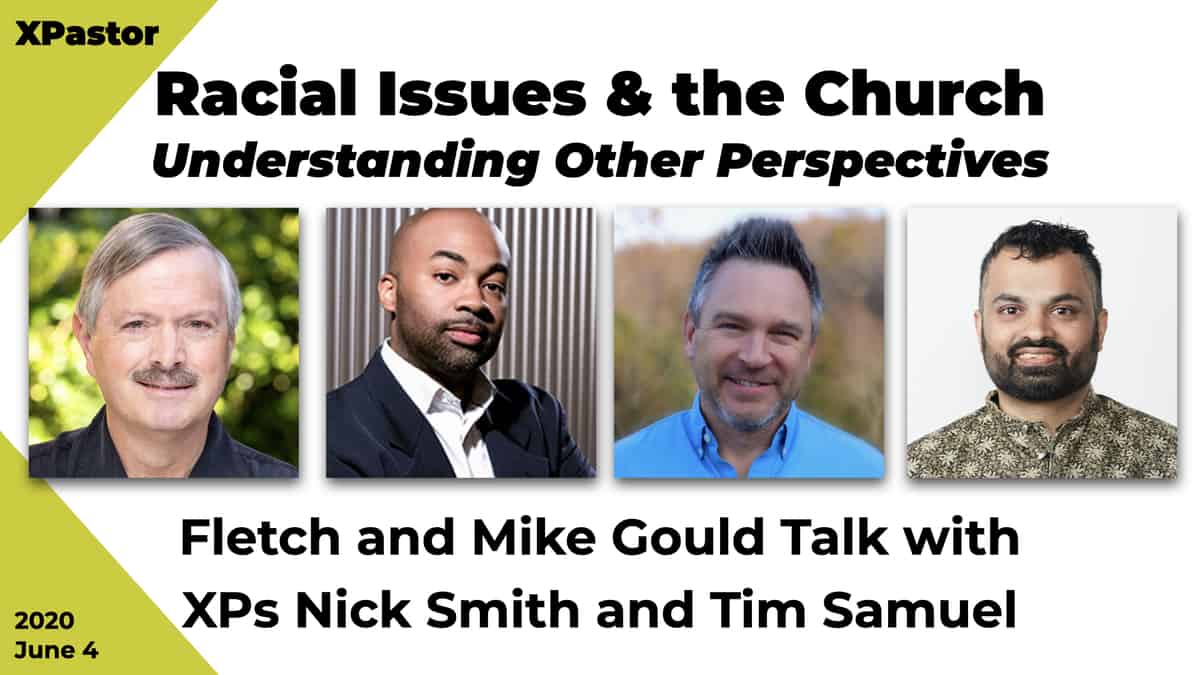I don’t remember much about the ordination paper I authored some twenty years ago, but I do remember employing a central analogy to illustrate the role and work of the pastor: the conductor of an orchestra. At that time, on the threshold of ministry, it resonated with my view of the singular, authoritative, directive role of the conductor ordering the work of his or her orchestra in accordance with a common text to which they were all carefully, skillfully attending. As indispensable as the role of the conductor was, he or she was not the only one with the skill and expertise of interpretation—all possessed essential gifts and capacities to bring text to life. Together, the conductor and members of the orchestra, each utilizing their God-given abilities in concert, could make beautiful music. In theory, the analogy seemed to fit wonderfully.
After twenty years of ministry, the analogy no longer resonates. Over these years, rarely have I experienced the unambiguous authorization of the conductor or the rapt attention of the orchestra, nor the coherence and order that comes from everyone being on the same page. The work of pastoral ministry is far less reflective of the ordered universe of the orchestra pit. Having said that, I continue to believe the realm of music has much to teach pastors about their work.
Several years ago I had the opportunity to serve as the Associate Pastor of the American Church in Paris. On one occasion, a request came to the church office for a pastor to officiate at a funeral to be held in our sanctuary. (Responding to wedding and funeral requests could have comprised the totality of one’s ministry in that congregation!) On this occasion, the lot fell to me. It turned out that the deceased was a man named Jimmy Davis. I soon learned that Jimmy Davis was an African-American ex-patriot who had been living in Paris since the 1940’s. He was best known for his composition, “Lover Man” which became one of Billie Holiday’s greatest hits. A day or so before the funeral, his family along with several friends from the jazz community, visited with me to plan the service. In the course of our conversation they asked if a particular French priest—an unofficial chaplain to the jazz community—could assist me in the leadership of the service. I readily consented.
The day of the funeral came and about one hundred people gathered in the sanctuary. After the coffin was reverently carried down the center aisle to a Billie Holiday recording of “Lover Man,” I offered words of consolation and then invited my co-officiant to share a few words. He took his position—not at the lectern where I had stood, but at the foot of the chancel stairs, at the head of the simple, unfinished pine coffin. Placing his hands gently on the surface of the coffin, he began speaking his remembrances. In English, then in French—back and forth. The mourners were clearly with him. Then he did something I will never forget. In the midst of his eulogy, he broke into scat. He resumed talking and then jumped off again into scat. He riffed back and forth for the next fifteen minutes. It was a riveting improvisational performance of a life and of grief and of hope.
I think it was in that transcendent moment that I began to wonder about this thing called improvisation and its relevance to the work of pastors. In my years of formal training, I never remember learning to think of pastoral work as improvisational in nature. The images I learned of pastoral life and identity resonated much more with the image of the classical conductor than of the improvisational jazz musician.
As a way to make the connection between the practice of improvisation and the practice of the pastoral life, I will begin with brief excursus on the peculiar shape of the pastoral life—in two dimensions: space and relationality.
First, space. When I am asked as a pastor, “Where do you work?” it is easier to answer by saying where I don’t work than where I do. Unlike the typical professional, the pastor does not have a single work space. The work of the pastor cannot be limited to an office or to a building. There is, to be sure, the office, the study, the sanctuary, all of which are usually contained within a building called a church. However, pastors practice their craft in multiple spaces such as hallways, hospital rooms, living rooms, parking lots, nursing homes, funeral homes, restaurants—the list goes on. There is a high degree of mobility that requires a certain kind of readiness to respond to the occasion in which a pastoral encounter may take place. The identity or work of the pastor is not bound to certain spaces. Physicians have offices and hospitals; therapists have offices; educators have classrooms. While there are encounters around and beyond these principle places—the work of the physician, the therapist, and the educator takes place largely within these prescribed spaces.
The multiplicity of space points us toward a second dimension of pastoral life that sets it apart from the way professional performance and practice are typically ordered: relationality. In the professional world, relationships between patient and doctor, teacher and student, and therapist and client, are clearly demarcated. They are defined by distance and objectivity and the spatial structure named above is a key part of mediating and maintaining that distance and objectivity. When a client runs into his or her therapist in the grocery store it is an entirely different encounter—often awkward and to be avoided—than when they encounter one another within the confines of the therapist’s office. Prescribed spatial boundaries establish a fairly strict protocol for the ordering of relationship that provides the field where the therapist, the physician, and the teacher do their work. It is the way distance and a certain kind of limited intimacy are mediated. Contained in all this is the notion of what it means to be a professional and act in a professional way.
The relational life of a pastor is ordered very differently. Consider the following illustration of the various levels of relational encounters a pastor will experience in the life of one parishioner. The Chair of the Trustees who (for starters) manages decisions about compensation and personnel, is also the member of the men’s group which is led by the pastor where personal lives are shared freely and confidentially. The Trustee Chair is a father of two teenaged sons who are in the catechism class taught by the pastor, and the pastor is counseling, from time to time, with the Chair and his wife around some deep struggles with parenting these teens. Of course, it should be mentioned that the pastor’s teenaged son is good friends with the sons of the Trustee. When the Chair’s mother-in-law moved into the family home in the latter stages of a long bout with cancer to receive home-hospice care, the pastor visited their home regularly to provide pastoral care for all involved. The Chair of the Trustees attends worship every Sunday. This complex web of relational encounters is not exceptional in the world of pastoral ministry—it is part and parcel of the terrain of pastoral life. Negotiating this kind of intimacy requires a high level of relational agility—a capacity to think on one’s feet, an ability to be present in the moment and yet fully aware of the larger constellation of relational dynamics in play.
The pastoral life is, by its very nature, incarnational. It enters into the worlds of others and seeks to be present in redemptive ways. It is crucial that the pastor be grounded in his or her identity and aware of the resources, responsibilities, and reverence a pastor brings to every situation. But without the capacity to think on one’s feet, to respond to the particular demands of the situation as presented, the pastor will falter and the pastor’s work will flounder.
In light of these few reflections, we are ready to explore the resonances between improvisation as practiced in jazz and the peculiar shape and work of the pastoral life. For this exploration, I will draw upon Jeremy Begbie’s extended discussion of improvisation in his book, Theology, Music, and Time.1 From Begbie’s discussion of improvisation, I will lift out four characteristics critical to the practice of improvisation and suggest how they connect to pastoral life and practice.
Improvisation and the Appreciation of Contingency
In jazz improvisation, contingency—the possibility that things could be other—is not a thing to be minimized, feared, controlled, resisted, or eliminated. Jazz musicians play with it, on it, and off it. They embrace it. It is what brings a heightened anticipative tension to every performance—among and between the players and between the players and the audience. No one is quite sure where things are going to go. The unknown is embraced and entered into. This, by contrast, is quite different than the performance of classical music—which is typically premised upon a well-rehearsed reproduction of notated music, with a minimum of interpretation. In the former, contingency is maximized; in the latter, contingency is minimized. In both cases, the end in view is excellence in performance. As my friend Peter, a world-renowned organ improvisationist, describes it, “To improvise is to a large extent a matter of reacting to things as you go along.”
Contingency is the terrain of pastoral life. Pastors don’t get to work in highly controlled, stable, environments or a tightly ordered arena of relationships. We work in the highly contingent world of human nature following the Spirit’s lead. We have our authoritative scores, to be sure and we have rehearsed them well. But, in the performance, the capacity for improvisation on these timeless themes is what is required. To deny, fear, or resist the dynamic of contingency is to diminish the performance. It is, in light of John 3:8, to resist the Spirit: “The wind blows where it chooses, and you hear the sound of it, but you do not know where it comes from or where it goes.”
Improvisation and the Appreciation of Constraints
It is a misconception to identify improvisation with pure freedom—the absence or form, structure, tradition, or limits. If contingency names the “open-endedness” so critical to improvisation, constraint names the limits within which that open-endedness plays out. Without constraints, there is no tension and improvisation collapses into chaos and randomness. As Begbie puts it, “Improvisation invites us to enjoy the liberating engagement of contingency and constraint.” Freedom flourishes in the lively, playful, creative interplay between contingency and constraint. Constraint comes in many forms: tradition (various idioms, practices, structures, etc), time, place, people, and instrument to name a few.
This lively way of living with the constraint can provide pastors with a frame of reference that can sharpen their appreciation—and apprehension—of a moral tradition, of congregational life, of cultural realities, of personal limitations within which pastoral work is done. Pastors constantly work to find the grace in and amidst the givens of life and the gift of the Kingdom of God. Remember Jesus—boxed in by the Law and the Teachers of the Law with the woman caught in adultery. He did not throw off the constraint—but used the tension to break open a new and graceful ground.
Improvisation and the Exploration of Occasion
Improvisation has a particular appreciation of the immediate context: of the time, the place, and the people (players and audience). There is the necessity of being in the moment if one is to be in the music. The timing is not just a thing on the page to be followed, it is something existential that is to be inhabited. The occasion always involves a social process between players of jazz improvisation that stands in contrast to the classical orchestra (where players are more focused on the music and conductor before them than on the player next to them). There is a generous, open, playful interplay between performers that makes the music. Their way of playing together draws the audience into an immediacy of exchange that is both confirming and conferring. The interaction and exchange between performer(s) and audience is integral to the performance. Can you imagine attending a classical concert and applauding or calling out in the middle of a violin concerto? Can you imagine attending a jazz concert and not applauding or calling out in the middle of a set in response to a sax solo? All of these things (and more) are what we mean by jazz improvisation as an exploration of occasion.
Pastors are deep explorers of occasion. They attend to the contours of each occasion, making use of all that is present—whether the formal occasions of worship or the informal encounters in daily life and work. Pastors work best when they do so in concert with the manifold giftedness in the community of believers, paying careful attention to each moment in which they find themselves. Practitioners from the world of theatrical improvisation describe this capacity to attend as, “having at (or in) one’s fingertips, and any other part of the body, the capacity to do and say what is appropriate, and to have the confidence to make the choice. It’s a kind of total awareness, a sense of being at one with the context: script, actors, audience, theater space, oneself, one’s body.”2
Improvisation and the Incorporation of Mistakes
There is a generous attitude toward errors in improvisation. Mistakes tend to be taken up into the creative unfolding of a performance. They do not kill the performance. They are actually anticipated. One cannot embrace contingency without anticipating that mistakes will be made. Again, the contrast between conventional music and improvisational music in relation to mistakes is instructive. A mistake in the performance of a piece of classical music can jar, jolt, and derail the entire concert. In improvisational music, it can open up a new avenue to explore. Fear of failure is a block to improvisation.
Pastors continually work in the world of imperfection and error—in their own lives and leadership, in the lives of their parishioners, and in the lives of their congregations. What is the practice of forgiveness and reconciliation if it is not the gathering up of mistakes into a larger redemptive movement?
There is much to be explored beyond these few notes of convergence I have named above. But even in these few notes we can begin to see how the practice of improvisation fits with the very peculiarities of the pastoral life that can so often drive pastors crazy! As common as the talk of boundary making has become when seeking order in the pastoral life, the practice of improvisation pushes beyond the limitations of the boundary image and explores (rather than defends against) the peculiar way pastors do their work. The framework of improvisation can free pastors to embrace both the demand and the gift of those peculiarities and discover in them the potential for creative engagement with others for the sake of the good news of the gospel of Jesus Christ.
During the 2006 College of Pastoral Leaders Conference in Austin, we had the marvelous experience of not just thinking abstractly about improvisation, but of encountering it and participating in it through Joe Morales and the extraordinary band of brothers and sisters he brought together for the event. One of the most striking things we observed about this band was their quality of communication and mutual appreciation. Here were incredibly gifted musicians playing with, off, and for each other. Even with so much talent in such close proximity, there was no sense of competition or grandstanding. There was a constant give and take of leadership accompanied by a genuine enjoyment of watching and supporting whoever was taking the lead at any given moment. Their individual strengths were the very source of their communion, not the occasion for posturing. This social reality that is so crucial to the practice of improvisation highlights the importance of mutual deference and of a deep appreciation of others and of oneself. The importance of friendship to improvisation is a common theme among jazz musicians. The world of jazz improvisation has much to teach us about how pastors, church staffs, not to mention congregations as a whole, can function gracefully together in ways that allow individual giftedness to flourish in concert rather than devolve into turf battles and ego wars.
Let the music begin!
Notes:
1 Jeremy S. Begbie, Theology, Music, and Time (Cambridge: Cambridge University Press, 2000), 179-280.
2 Anthony Frost and Ralph Yarrow, Improvisation in Drama (London: Macmillan, 1990) p. 152, quoted in Begbie, Theology, Music, and Time, 200.
Excerpted from Volume 3 of Communitas, a journal of the College of Pastoral Leaders at Austin Presbyterian Theological Seminary in Austin, Texas (http://www.austinseminary.edu/). Reprinted with permission.











